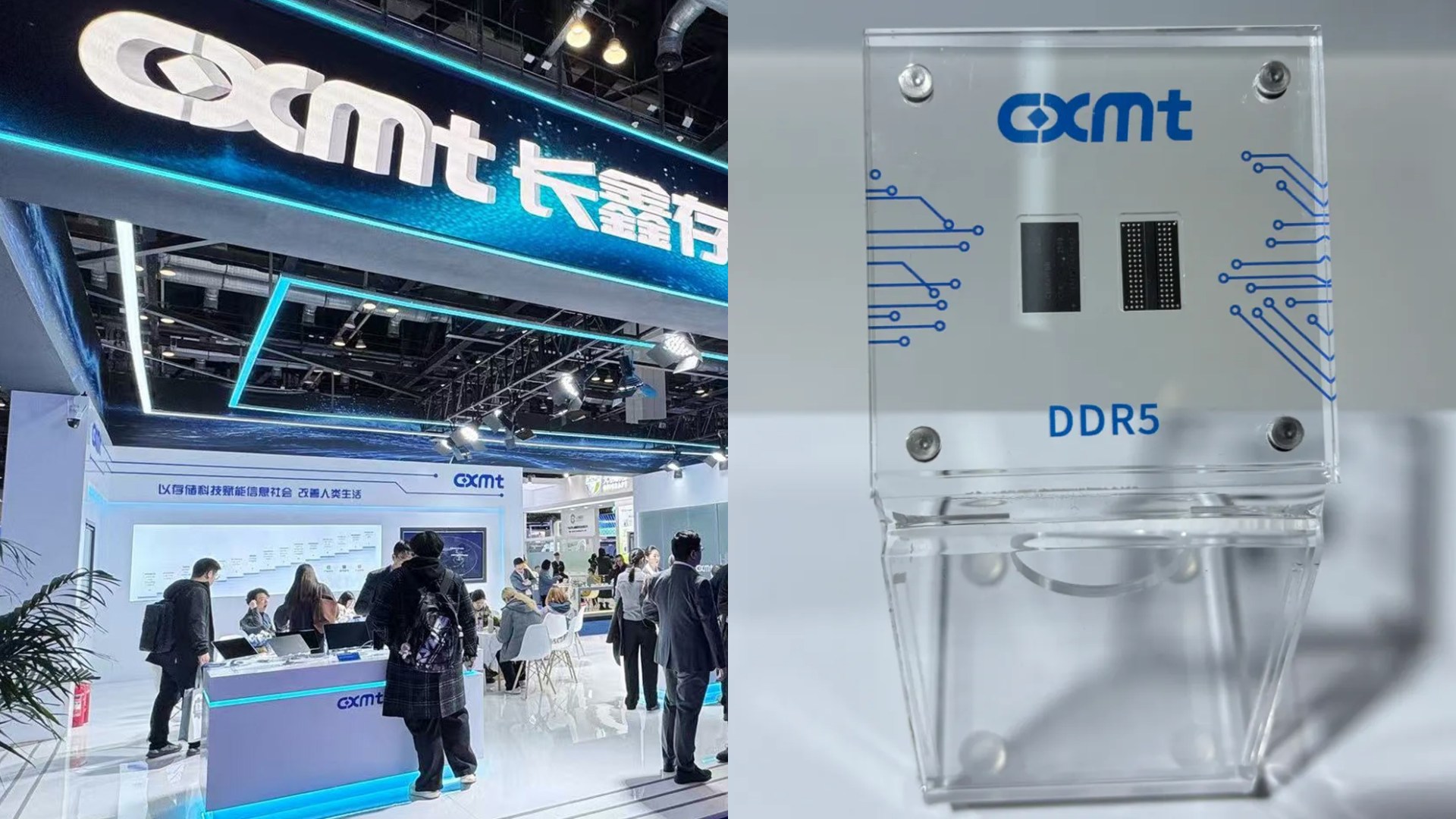- Hellblade 2 provides a true visual feast, showcasing the power of Unreal Engine 5.
- The environments are immersive and detailed, thanks to advanced technologies like Nanite and Lumen.
- Ninja Theory has raised the bar for console visuals.
From the moment the first teaser for Senua’s Saga: Hellblade 2 dropped, it was evident that Ninja Theory wasn’t just working on a sequel; they were pushing the boundaries of what was visually possible in video games.
The studio has raised the bar for visual fidelity in video games, taking current-gen gaming to new heights. As a big fan, I can confidently say Hellblade 2 is a true visual feast.
Why it matters: I thought I would never see a visual marvel like Alan Wake 2 for a long time. However, Ninja Theory’s latest offering shocked me with its graphical excellence.
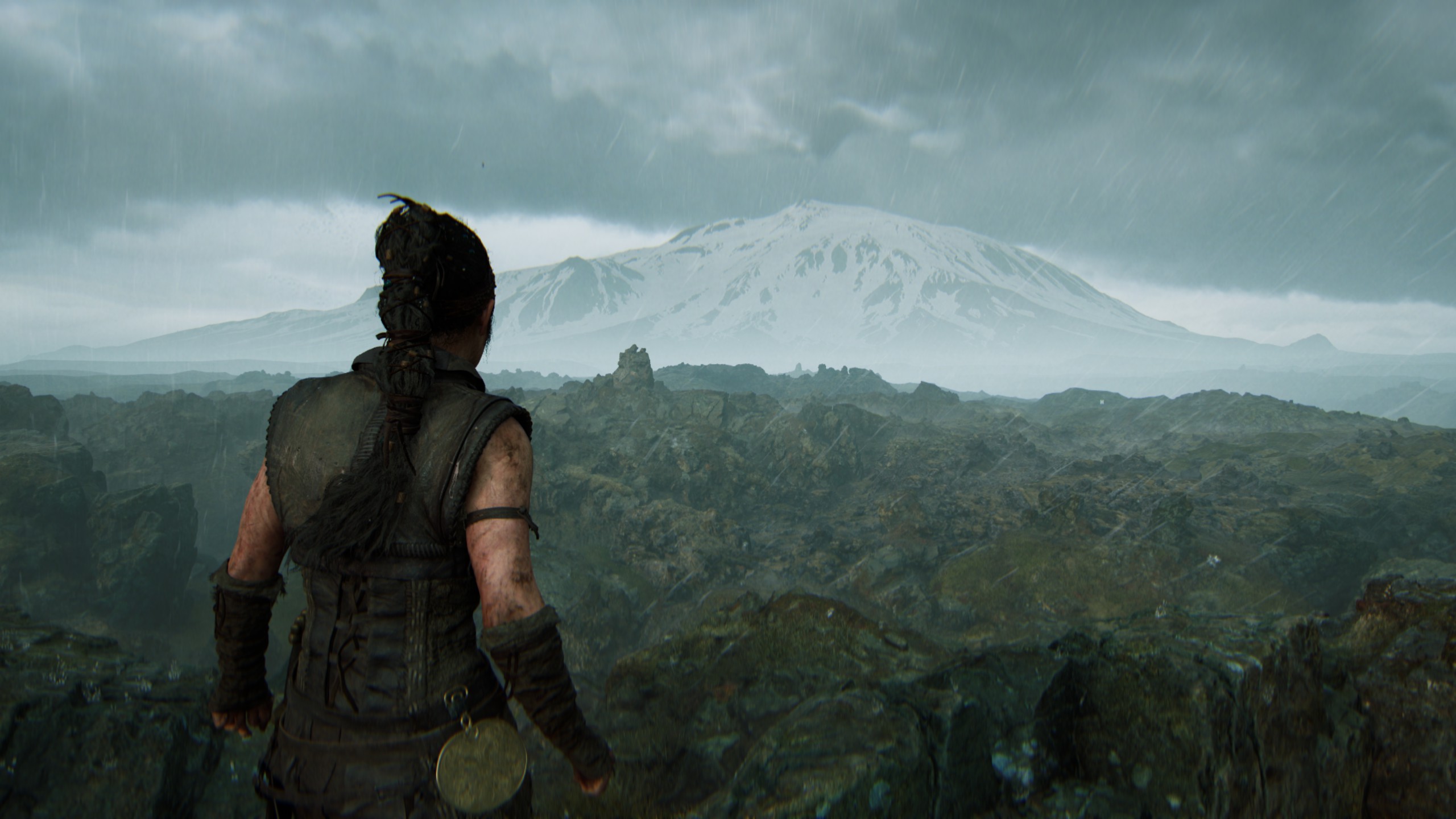
Realism That Left Me Speechless
Let’s be real: We’ve seen games claim to have “photorealistic” graphics, but often they fall short. Hellblade 2 changes that completely. The leap in graphical fidelity from Hellblade: Senua’s Sacrifice to the second entry is staggering.
Unreal Engine 5’s advanced tech, like Nanite and Lumen, really helps make the environments and characters look photorealistic. Nanite, the engine’s virtualized geometry system, brings a new level of detail to the experience. Every rock, tree, and building is shown with unmatched precision, making the world look almost real.
The detailed environments, like moss-covered stones and dense forests, show the hard work put into the sequel. This level of detail wasn’t possible with older game engines.
Hellblade 2 also utilizes Lumen Global Illumination Lighting to further enhance the shadows and lighting. The way light filters through the fog, the reflections on wet surfaces, and the dramatic play of light and shadow in the dark settings are stunning.
This lighting tech makes the world feel incredibly photorealistic.
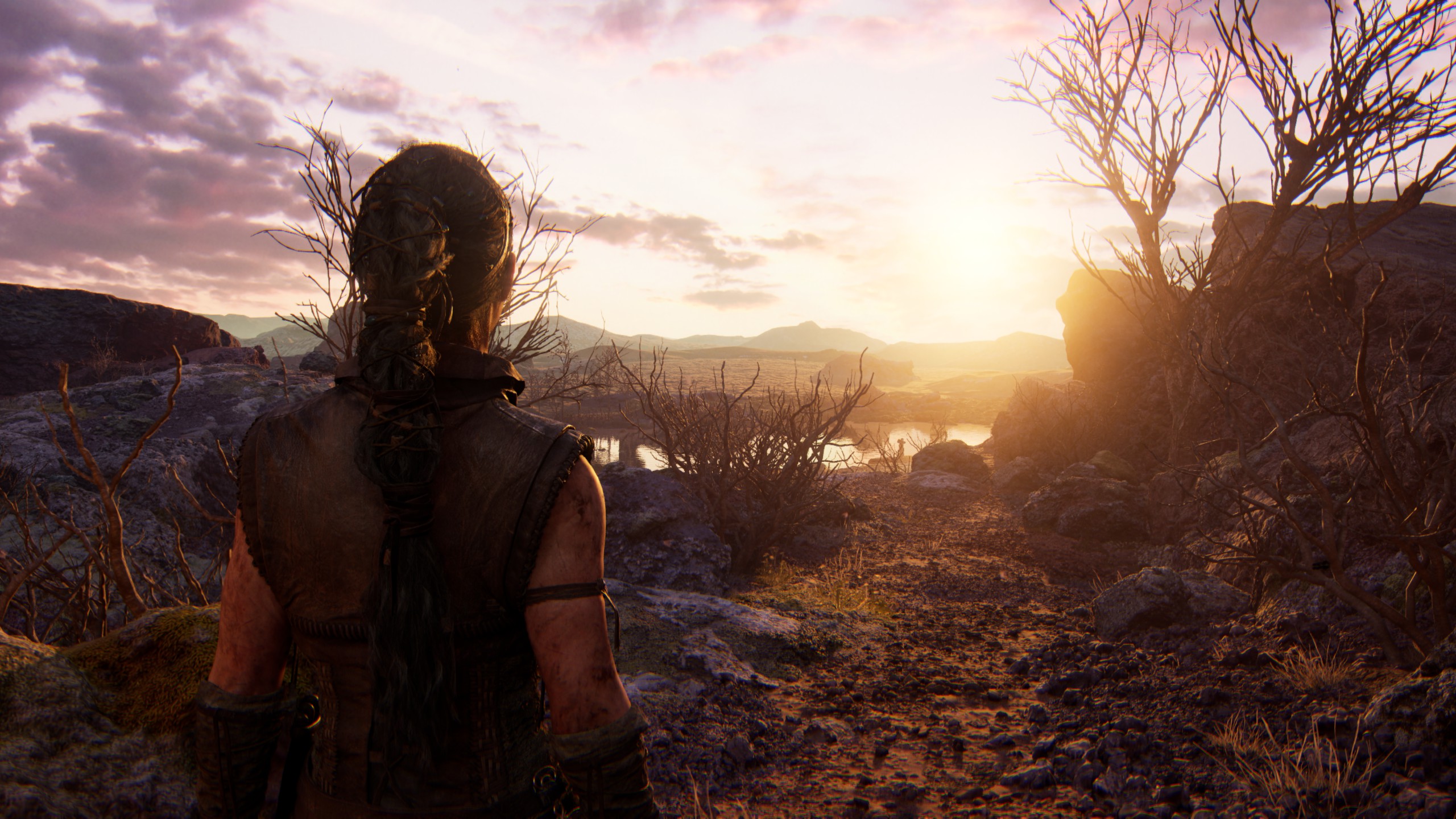
Character Models and Animations
A highlight of Hellblade: Senua’s Sacrifice was its powerful depiction of mental illness, shown through Senua’s realistic facial expressions and animations. Hellblade 2 takes this further with even better facial rendering technology.
The facial rendering is incredibly lifelike, with realistic skin shading, eyes, and teeth. The animation, driven by motion-captured performances, translates into a highly believable digital character.
Senua’s character model in Hellblade 2 has been carefully designed to show her inner struggles and strength. The small movements of her facial muscles, the shine in her eyes, and the way her hair moves in the wind all add to the realism.
These details connected me deeply to Senua’s journey, as every emotion is clearly shown on screen.
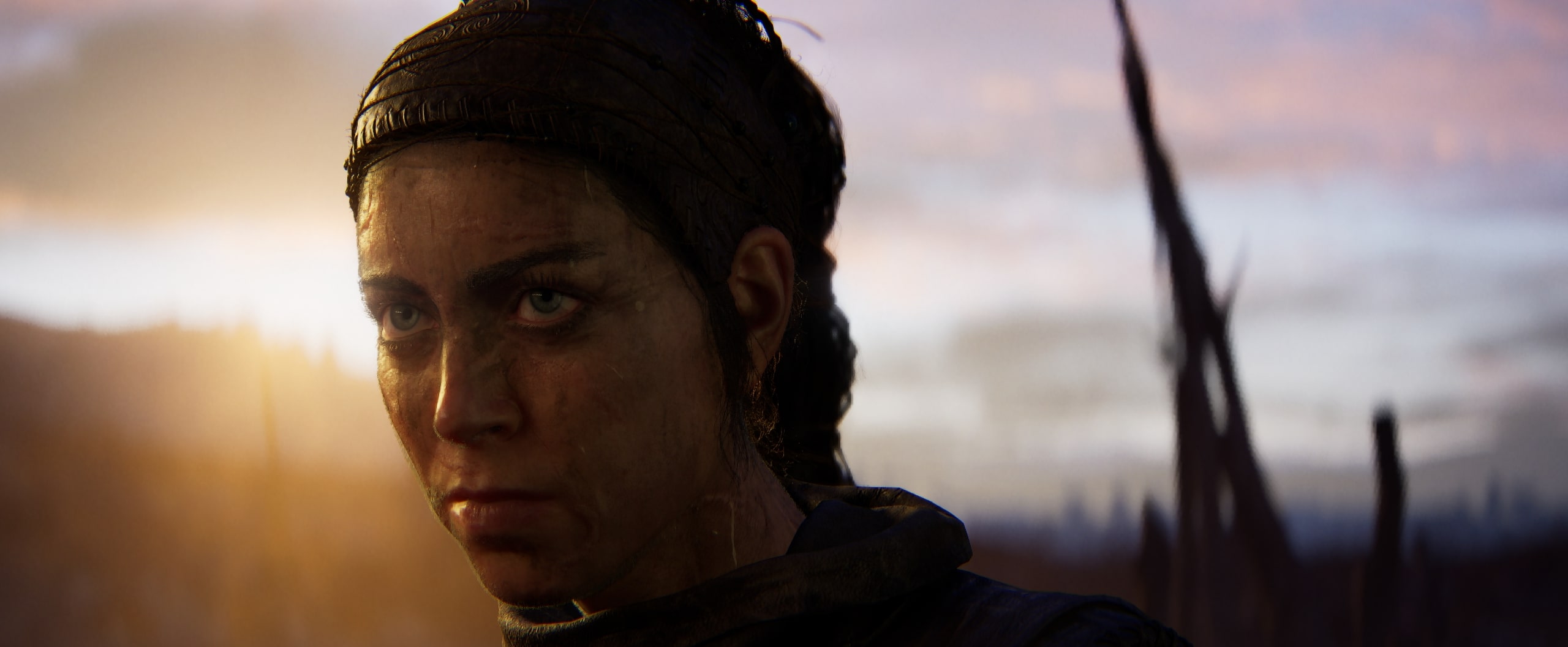
Extremely Immersive Environments
The environments in the game are more than just backgrounds; they are key to the story and mood. These environments leverage Unreal Engine 5’s capabilities, featuring dense Nanite-driven geometry and Virtual Shadow Maps.
Each scene is designed to create a sense of dread and wonder, pulling players deeper into Senua’s world. Inspired by Iceland’s rugged beauty, the landscapes are simultaneously stunning and intimidating. Every location is detailed and atmospheric, from misty fjords to fiery volcanic caverns.
Atmospheric effects enhance the visual storytelling. Volumetric fog, dynamic weather, and particle effects make the world feel alive and ever-changing. These elements not only look impressive but also add to the emotional impact of the story.
For example, the swirling mists and dark shadows in the game’s darker areas intensify Senua’s feelings of isolation and danger.
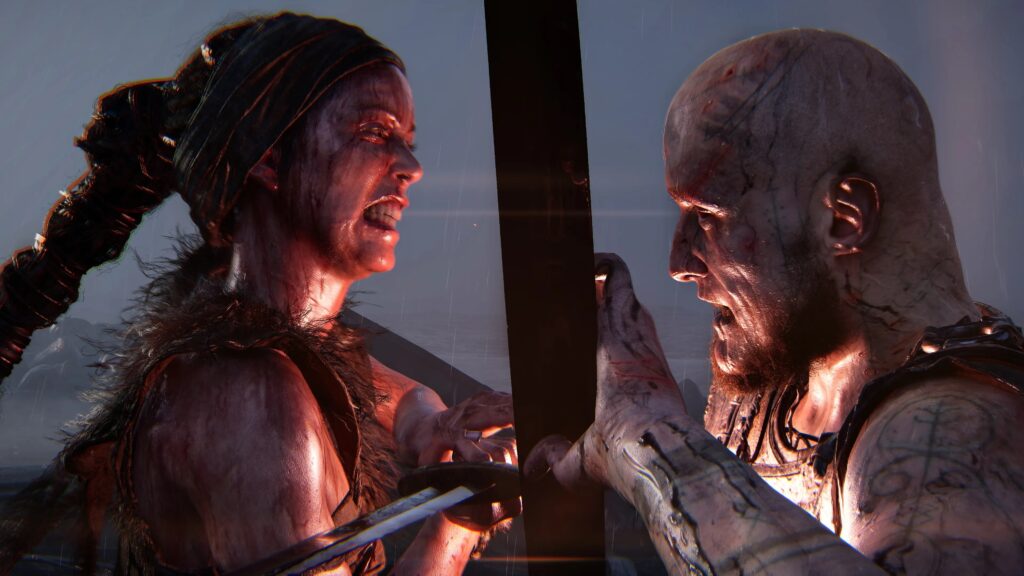
The Stellar Art Style of Hellblade 2
In my opinion, the artistic vision driving its visuals is what truly sets this release apart. Ninja Theory has a history of pushing the envelope regarding storytelling and visual aesthetics, and Hellblade 2 is no exception.
The game’s color palette is a stark contrast to the bright, saturated hues often found in other titles. Muted tones and earthy colors create a sense of unease and foreboding that perfectly complements the dark themes.
The camera work also enhances the visuals. It doesn’t just capture the action; it frames each scene to evoke emotion and tell a story. The camera lingers on Senua’s face as she battles her inner demons, and it uses sweeping shots to show the desolate landscapes, adding to the unique atmosphere.
Senua’s Saga: Hellblade 2 sets a new standard for visual quality in gaming. Using Unreal Engine 5, Ninja Theory has made a game that is a visual feast and is deeply immersive on all fronts.
Thank you! Please share your positive feedback. 🔋
How could we improve this post? Please Help us. 😔
Passionate gamer and content creator with vast knowledge of video games, and I enjoy writing content about them. My creativity and ability to think outside the box allow me to approach gaming uniquely. With my dedication to gaming and content creation, I’m constantly exploring new ways to share my passion with others.




